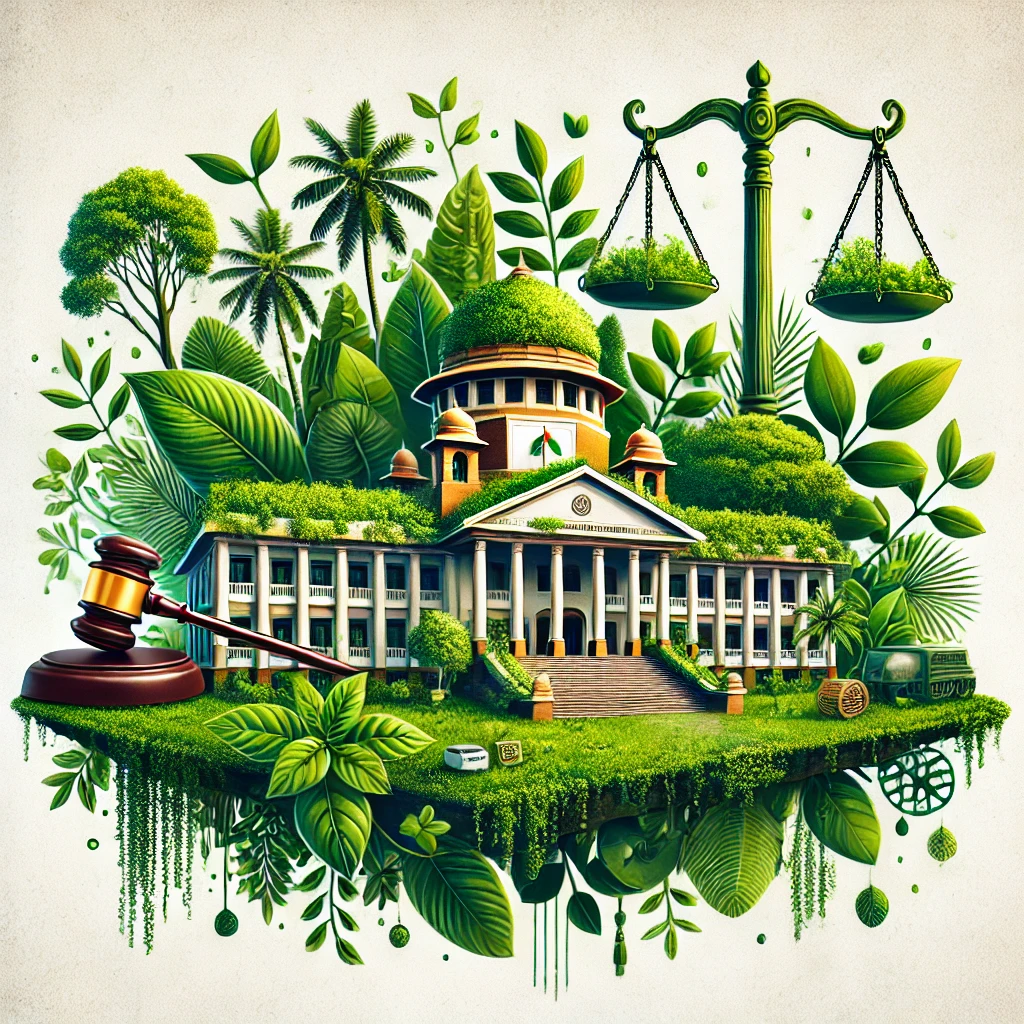Laws Relating to Reserved Forests, Village Forests, and Protected Forests in India
🌲 Laws Relating to Reserved Forests, Village Forests, and Protected Forests in India
📜 Legal Framework:
The primary legislation governing forests in India is the:
Indian Forest Act, 1927
Supported by other laws like:
Forest Conservation Act, 1980
Wildlife Protection Act, 1972
Biological Diversity Act, 2002
Scheduled Tribes and Other Traditional Forest Dwellers (Recognition of Forest Rights) Act, 2006 (FRA)
🌳 1. Reserved Forests
🔹 Definition:
The most restricted category of forests.
Declared under Section 3 to 20 of the Indian Forest Act, 1927.
🔹 Features:
Full control of the state government.
Entry, grazing, hunting, or removal of forest produce requires prior permission.
Customary rights are extinguished unless specifically allowed during the settlement process.
Highly protected areas for conservation and biodiversity.
🔹 Objective:
To ensure strict protection of forest cover and prevent deforestation, encroachment, and exploitation.
🏞️ 2. Protected Forests
🔹 Definition:
Declared under Section 29 of the Indian Forest Act, 1927.
Forests where the government has proprietary rights, but not necessarily complete control.
🔹 Features:
Less restrictive than reserved forests.
Some rights (like grazing or collection of firewood) may be allowed unless specifically restricted.
Government may issue rules to prohibit or regulate certain activities.
Can be upgraded to Reserved Forests through a legal process.
🔹 Objective:
To provide moderate protection while allowing limited local use.
🏡 3. Village Forests
🔹 Definition:
Declared under Section 28 of the Indian Forest Act, 1927.
🔹 Features:
Forests assigned to a village community for management and use.
The government transfers rights over forest land to the villagers or local panchayats.
Communities are responsible for conservation and sustainable use.
Encourages participatory forest management (related to JFM – Joint Forest Management schemes).
🔹 Objective:
To empower rural communities and promote community-based forest conservation and livelihood generation.
🧾 Comparative Summary
| Category | Legal Basis | Level of Protection | Access Rights | Management Authority |
|---|---|---|---|---|
| Reserved Forest | Sec. 3–20, IFA 1927 | Highest protection | Highly restricted | State Government |
| Protected Forest | Sec. 29, IFA 1927 | Moderate protection | Partially restricted | State Government |
| Village Forest | Sec. 28, IFA 1927 | Lowest protection | Local community access | Village Panchayats / Community |
📌 Constitutional & Judicial Support
Article 48A – State shall protect and improve the environment and safeguard forests and wildlife.
Article 51A(g) – Fundamental duty of every citizen to protect the environment.
T.N. Godavarman Thirumulpad v. Union of India (1996) – Expanded the definition of forests and directed state accountability.
⚖️ Recent Developments
Forest Rights Act, 2006: Recognizes traditional rights of forest dwellers, especially in protected and village forests.
Draft Forest Policy and Amendments: Suggest decentralization and strengthening of community forest rights.
✅ Conclusion
The classification of Reserved, Protected, and Village Forests reflects India's attempt to balance conservation with community needs. The legal framework allows varying degrees of control and access, ensuring that forests are managed sustainably while recognizing the rights of people who depend on them.
Do write to us if you need any further assistance.











































0 comments